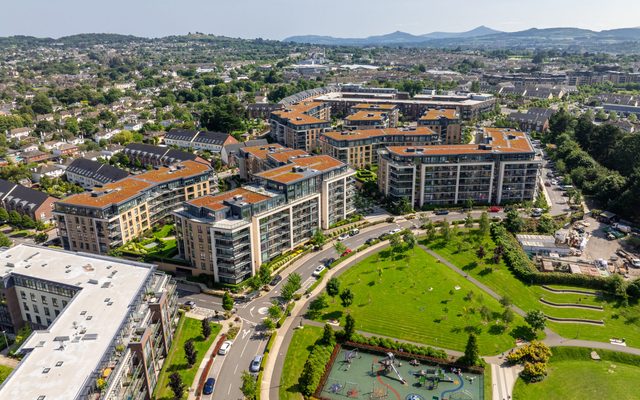This article is from the Australian Property Journal archive
AZIZ “Ozzie” Kheir’s Resimax is thinking outside the apartment box with plans to develop 500 detached build-to-rent homes in three masterplanned communities in an Australian-first, taking queue from the United States where it is the dominant type of multifamily dwellings.
Resimax will develop 500 lots across their Mernda, Wallan and Eynesbury developments in Melbourne’s north and west growth corridors which will be designated BTR stock by the end of 2025, with 70% allocated in Mernda and Wallan and remaining 30% in Eynesbury.
Kheir says adopting the build-to-rent scheme at Eynesbury, and other Resimax developments, will pave the way for all developers in Australia’s detached housing market and offer a much-needed solution to the worsening rental crisis.
“Despite difficulties in the sector, such as growing taxes and delivery costs, Resimax is committed to pursuing our build-to-rent development strategy.
“There is enormous potential in the build-to-rent sector as an alternative to traditional homeownership and conventional rental properties, however the detached housing market has been slow to adopt this scheme in Australia. As a business, we’ve refined our model to leverage this opportunity,” he said.
“At Resimax Group, we have a long-term investment in our developments and communities, beyond reaching settlement. By maintaining an ongoing stake in our developments, we can maintain a unique level of control over the quality and value of stock,”
Kheir added that the three and four-bedroom homes will supply critical, family-sized rental stock in the communities. Partner builder Tick Homes, owned by Resimax, has been engaged to construct the homes, specifically designed for rental purposes, and the developer plans to lease the properties direct to tenants through real-estate partner, Leap Real Estate.
Resimax also intends to retain 5-10% of housing stock in future developments as BTR.
“Looking into the future, we see this designated pool of rental stock as being part of the full life-cycle of our development strategy. The objective of our build-to-rent program is to house tenants in our communities, then transition them into homeowners over time.
“By retaining a percentage of stock in our developments for rentals, we’re able to contribute a pool of brand new, family-sized homes to a broken rental market that is in desperate need of supply.
“However, continued investment and support from state and federal governments is critical for ensuring more developers pursue build-to-rent, and rental supply can grow in line with Australia’s growing population,” Kheir said.
Co-founder and director of Leap Real Estate, Ken Dodds, says the scheme has already been met with strong interest with 200 tenants leasing from the developer in the past eighteen months.
“We’re seeing strong interest from the market, particularly amongst young families who have been priced out of neighbouring suburbs, or met with tough competition that hasn’t allowed them to secure a rental to date.
“Adopting the build-to-rent model has allowed us, as a business, complete oversight and involvement in the value management of each rental property to ensure we maintain a competitive advantage,” Dodds said.
So far, build-to-rent developments announced in Australia have been apartments, creating a misconception that BTR is solely for high-rise CBD or city fringe living.
However, in the United States, where it is known as multifamily, detached homes are the dominant form of housing.
Of the total 128.5 million housing units in 2021, about 81.7 million were detached homes and 8.2 million were attached single-family homes compared to 31.8 million apartments, according to Statista.
According to Realtor.com, multi-family has made a meaningful contribution to housing supply in the US, accounting for 32% of housing starts between 2012 and 2021.





